Are children and youth affected by COVID-19?
Wearing masks is mandatory for all, especially at school for children and adolescents from the age of 11 [1]. Mandatory social distance. Continuous hand washing with hydroalcoholic gels.
Young people must remain masked and keep their distance from their peers, not to mention the permanent fear spearheaded by all these extreme measures.
Several competent people, scientists, doctors, say that the COVID-19 pandemic is over [2], that we now have a high number of positive PCR tests because they are too sensitive [3-4], but that COVID disease is disappearing, as evidenced by the decrease in deaths and the disappearance of seriously ill or even hospitalized patients, especially because of mutations in the virus, which has become less virulent [5-6].
In the world :

(© Daily new confirmed COVID-19 deaths per million people, Our World in data, Europe, Sept 13, 2020)
Being myself a hospital doctor in intensive care in Belgium, I can attest to the near disappearance of the COVID-19 disease.
Moreover, as pediatric professors Christèle Gras-Le Guen, vice-president of the French Society of Pediatrics, and Régis Hankard, coordinator of the Pedstart pediatric clinical research network, testify in this article [7], COVID-19 is not a disease that concerns children.
They are adamant: “Covid-19 is definitely not a pediatric disease.”
“The idea that emerges from these observations is that children must not be subjected to drastic measures, painful to live with, that could disrupt their daily lives, when this microbe really is of little concern to them.” [7]
Wearing a mask for 8 hours in a row, seeing their teacher masked, being cut off from their facial expressions, their smile, being unable to hear their explanations correctly, being frustrated in their sociability could correspond to these draconian measures, painful to live with, which could upset their daily life, when this microbe barely concerns them?
It is important to understand from several studies in different countries that children and adolescents are virtually unaffected by COVID-19 and that their role in the transmission of the virus in the population is minimal [8-9-10-11].
In this study from the Netherlands :
“The new coronavirus is mainly spread among adults, and from adults in the family to children” [12].
Not the other way around.
“Very few cases of transmission (of COVID-19) have been observed in schools. ” [13]
This is confirmed here: CHILDREN DO NOT TRANSMIT COVID19:
400 articles all confirm, without exception, that Covid 19 is rare and almost always benign in children, that children under 19 are not contaminated by schoolmates but by parents at home, that they do not contaminate adults, and that the confinement of children is responsible for frequent behavioural and social psychological disorders in addition to a clear negative impact on their schooling.
As Dr. Antonio Lazzarino (University College London UCL Institute of Epidemiology and Health Care) says in response to an article in the British Medical Journal [14] (BMJ) :
“Before introducing clinical and public health measures, all potential side effects of these measures should be identified and described, and only then should it be decided whether they are more beneficial than harmful. “[15]
Wearing a face mask can give a false sense of security [16].
This view is shared by the Public Health Agency in Denmark [17].
Wearing a mask leads to problems of hygiene that far outweigh the benefits of this measure:
To guarantee the effectiveness of a mask, people must not touch the mask, must change the single-use mask frequently or wash it regularly and properly, place it on the face in a tight way, otherwise the risk of contamination may increase sharply. [18]
In 2015, a study [19] looked at the frequency with which we touch our face (very often unconsciously). The subject studied was the transmission of respiratory infections and staphylococcus aureus (bacteria much larger than a virus).

(© Face touching : A frequent habit that has implications for hand hygiene )
On average, we touch our mouth 4x per hour and our nose 3x per hour. This is increased with the continuous wearing of a mask due to the irritation and itching caused.
Can you imagine, with children?
This is even more of a problem since it has been shown that the SARS-CoV-2 virus tends to accumulate on the outer surface of the mask [20]. So the virus will get on the hands and contamination will flare up.
Let us continue in this demonstration that the problems related to the mandatory and continuous wearing of the mask by everyone, especially by children and adolescents, is more problematic than beneficial.
Talking with a mask can lead to talking much louder, thus projecting droplets further away through our masks, or bringing two people closer together, forgetting the required distance of two meters.
Wearing a mask directs a good part of the exhaled air towards the eyes, which, in addition to generating an uncomfortable sensation, can lead to touching our eyes even more, 3x per hour in normal times, much more with a mask (source of viral and bacterial contamination via the conjunctiva).
If your hands are contaminated, then you will be contaminated through this gesture, which is facilitated by wearing a mask, and you will contaminate everything you touch.
The physical and physiological problems caused by the mandatory and continuous wearing of a mask.
Many doctors report an increase in infectious skin problems (impetigo, staphylococcal infections) and eye problems (conjunctivitis) in children and adults, which are far from being harmless.
Doctors are also observing an increase in respiratory problems such as asthmatiform bronchitis.
All this is related to the continuous wearing of the mask.
No matter what some people say, a face mask that is worn mostly continuously makes breathing difficult.
For people with Chronic Obstructive Pulmonary Disease (COPD), people who already have difficulty breathing at rest, masks quickly become unbearable because they increase their feeling of suffocation [21].
In addition, a fraction of the exhaled CO2 is re-inhaled with each respiratory cycle. This negligible effect in a healthy person can cause problems in more fragile people.
COPD is characterized by a certain degree of hypercapnia (elevation of partial blood pressure in CO2 or capnia).
These two phenomena, a feeling of suffocation and increased capnia, can lead to an increase in breathing frequency and an amplification of breathing movements, thus increasing the amount of air inhaled and exhaled with each breath. This can, paradoxically, increase the risk of spread of SARS-CoV-2 if one of these infected or carrier persons breathes harder because of the mask, which is precisely what we want to avoid. Most importantly, the mask, in these infected COPD patients, may worsen their clinical condition, as their increased inhalation efforts may introduce more viral material into their lungs [15].
There were 251 million COPD patients worldwide in 2016 [22].
Furthermore, despite media intoxication claiming the contrary, yes, the continuous wearing of a mask, even more so if worn correctly (tightly), for hours on end, can lead to a decrease in the partial pressure of the blood in oxygen or PaO2.
A study published in 2012 evaluated the effect of prolonged surgical mask wear on the health of 53 Turkish surgeons [23].
These were previously healthy individuals.
They observed an increase in heart rate and a decrease in pulsed oxygen saturation (SpO2 reflecting arterial saturation) as soon as after the first hour of wearing the mask, compared to values taken without the mask. A small variation in oxygen saturation (SpO2-SaO2) may reflect a large variation in blood oxygen partial pressure (PaO2).

(© The pulse oximeter )
This curve is the hemoglobin dissociation curve. The partial pressure of oxygen in the arterial blood (PaO2) determines the saturation (SpO2). A decrease in SpO2 of 10 (100 to 90%) corresponds to a decrease in PaO2 of 40 (100 to 60 mm Hg).
The researchers conclude that their results show the potential clinical impact of prolonged mask wear on respiration.
The decrease in SpO2 was most pronounced with surgeons over 35 years of age.
Masks create a humid climate because the exhaled air is heated and humidified and this moisture (water vapor) is captured and concentrated by the mask in front of the nose and mouth. This humid environment is favorable to SARS-CoV-2 which remains active and this will increase the viral load near the nose and mouth.
The body’s first defense against an aggression, particularly viral or bacterial, is innate immunity. This plays a crucial role and is sufficient, for most healthy people, to overcome an infection, without recourse to the antibodies of specific late immunity. The effectiveness of innate immunity is inversely proportional to viral load [24]. The higher the viral load, the more likely it is that innate immunity will be overwhelmed.
Do you see how the continuous wearing of masks by everyone can worsen contamination rather than reduce it?
The following are the most serious.
The psychological and mental problems caused by the mandatory and continuous wearing of a mask.
The psychological impact!
There is a lack of official recognition in the media or in government reports of all the deleterious effects of the continuous wearing of masks, as if the most important thing is to do everything possible to get people to allow themselves to be masked, regardless of the consequences.
This particularly concerns children and adolescents whose brains, especially emotional and relational brains, are in full development!
Children depend largely on facial expressions to understand and apprehend their environment [25].
Hiding the lower half of the face diminishes the ability to communicate, interpret and imitate the expressions of those we come into contact with. Positive emotions become less recognizable and negative emotions are amplified.
Emotional mimicry, contagion and emotionality in general are reduced as well as teacher-student bonding, group cohesion and learning – of which emotions are a major driver.
The benefits and risks associated with the continued wearing of masks at school should be seriously studied, considered and made clear and obvious to all teachers, parents and students [26].
From a medical and human perspective, it is serious that our rulers do not report these complications and do not take them into account before dictating their measures to the population.
Alternatives exist to the continuous wearing of masks.
Viral particles present in the air are sensitive to ambient temperature and humidity and are inactivated by the sun’s UV rays [27].
They will be diluted more quickly outside.
Running courses outdoors or in indoor courtyards is one solution to consider.
This is confirmed in the excellent review on masks, Mask Facts [28], published on the website of the Association of American Physicians and Surgeons.
Just by opening a door, a window, the droplets of virus aerosols can be cut in half in 30 seconds [29]!
This is further affirmed by 241 scientists [30] who emphasize the need for proper air ventilation in workplaces, buildings, schools, hospitals and nursing homes.

(© It is Time to Address Airborne Transmission of COVID-19, page 9 of PDF)
Open the class and study windows!
The short, medium and long term negative impact of the antisocial measures of our governments.
Psychologists, psychiatrists, child psychiatrists, general practitioners know the negative effects of the antisocial measures taken by our governments on the development and mental health of children and adolescents.
Several articles, studies and research attest to this.
In this article published in the Lancet Child & Adolescent health [31], the authors emphasize the dramatic impact of social isolation measures on children and adolescents.
They rightly point out that social interactions are part of basic human needs [32], such as eating and sleeping.
Indeed, feeling insufficiently connected to others is associated with profound and long-lasting negative consequences on physical and mental health, and can even lead to more mortality [33].
The negative effects of antisocial measures may profoundly affect adolescents (age 10-24 years) [34].
Adolescents are at a crucial stage of their lives, with the type of social environment having an enormous impact on many vital functions such as proper brain development, healthy self-construction, and good mental health [31].
Even temporary antisocial measures can have a profound and prolonged negative impact on their development.
And a Belgian virologist like Erika Vlieghe would like to keep our children and adolescents in masks throughout the school year?
Dr. Brett Enneking, a child psychologist at Riley Children’s Health in the United States, emphasizes that the lower part of the face plays an important role in children’s language, understanding of emotions and communication in the broadest sense [35].
Sleep disturbances, worsening of separation-related disorders, nightmares and developmental abnormalities are among the short- and medium-term consequences of this social isolation. Some of these complications are already appearing, as witnessed by psychologists and physicians.
Other more serious repercussions are to be feared, such as depression, suicide, social and academic dropouts, as shown by the numerous researches on the negative consequences of social isolation on the good development of the human being.
It is not a question of being anti-masked for the pleasure of opposing authority without any valid reason, or just to avoid some itching or irritation.
This article has documented all the serious deleterious effects that the continuous wearing of a mask and the antisocial measures imposed by our governments can have on physical and mental health, especially of children and adolescents.
Those in charge and the virologists who advise governments where treasures is only okaynever mention the many harmful effects of their measures.
They do not give the population complete and honest information.
In summary,
As eminent pediatricians and research in several countries say, children and adolescents are virtually unaffected by COVID-19. They are almost unaffected themselves and participate in the transmission of the virus only to a negligible extent.
The mask can lead to more infections by several mechanisms:
- By increasing the tendency to touch one’s face, mouth, nose, eyes.
- By increasing the concentration of viruses on the outer layer of the mask.
- By giving a false sense of security.
- By generating factors that will neutralize the protective effect of the mask, such as speaking louder or getting within 2 meters to understand each other.
- By surpassing the innate immune defense capabilities due to a higher viral load concentrated by the mask in front of the respiratory tract.
The consequences of imposed antisocial measures, including mandatory and continuous wearing of the mask or excessive distancing, are harmful and serious.
They are long-lasting and significant.
They are physical: impetigo, conjunctivitis, asthmatiform bronchitis, breathing difficulties, headaches (migraines).
They are physiological: hypercapnia, hypoxemia, increased heart rate.
They are mental, perhaps the most serious, especially in childhood and adolescence, and involve disturbances in sleep, emotional communication and maturation, learning, brain development, and can go as far as depression and excess mortality.
In the school setting, however, there are workable alternatives such as ventilating enclosed spaces and holding classes or studies in open spaces, such as courtyards or outdoor spaces.
Finally, and perhaps what makes the continuation of the government’s antisocial measures incomprehensible and serious is the well-documented notion that the COVID-19 pandemic appears to be disappearing within 5 months of the epidemic peak, as shown by clinical data (decrease in hospitalizations, deaths and serious cases in all European countries) and biological data (mutation of the SARS-CoV-2 virus to less virulent forms).
In view of these facts, persisting in this antisocial path is, as this article from FranceSoir [36] emphasizes, maltreatment, particularly for our children and adolescents.
We physicians put one principle above all others, above the precautionary principle.
It is the principle of above all, do no harm (primum non nocere).
Today, by letting our governments apply their antisocial measures, are we not doing more harm than good?
This is what 70 Belgian doctors think when they ask for the abolition of masks in schools [37].
37] This is what 70% of those surveyed in a Belgian newspaper think, saying that students should be able to remove their masks once they sit in class.
38] Let’s hope that this is only the beginning.
Dr Pascal Sacré
Featured Photo: pixabay.com
Notes (Sources) :
[1] “Le port du masque à l’école? Peut-être durant toute l’année scolaire” , estime la virologue belge Erika Vlieghe.
[2] Lettre ouverte des médecins et des professionnels de la santé à toutes les autorités belges comme aux médias belges. Au 10/09/20 : signée par 238 médecins belges, 804 professionnels belges de la santé, 4327 citoyens
Doctors are demonstrating massively and demanding the immediate cessation of all coronavirian measures: All over the world, we are witnessing a massive disinformation campaign in the mainstream media, which sets aside all the principles of a democratic constitutional state. While many medical colleagues present different medical views, they are hardly heard due to unprecedented censorship. Information from experts and professionals who present a different view of things is currently almost exclusively accessible through targeted searches on the Internet or in alternative information sources, not in the mainstream media.
The Netherlands
In the Netherlands, doctors united and wrote a letter of protest to their colleagues and the government, questioning the proportionality of the measures. The letter, signed by more than 800 doctors, aims to provoke an open and sincere debate on how to deal with the covid-19 epidemic. The petition has now been stopped.
https://opendebat.info/
A protest letter from doctors and professionals in the mental health field, which has already received more than 2500 signatures.
https://brandbriefggz.nl/
United States
In the United States a group of doctors who work in the field and see patients every day, came together in the organization America’s FrontLine Doctors and gave a press conference that has already been watched several million times. A must-see.
https://americasfrontlinedoctorsummit.com/
https://www.xandernieuws.net/algemeen/groep-artsen-vs-komt-in-verzet-facebook-bant-hun-17-miljoen-keer-bekeken-video/
Spain
A public press conference entitled “A world dictatorship with a sanitary excuse” was given by Doctors for truth in Madrid, in front of about 400 doctors and scientists.
https://niburu.co/gezondheid/15385-artsen-komen-massaal-met-coronawaarheid-naar-buiten
Germany
An international group of doctors has initiated extra-parliamentary research following the “exaggerated and oppressive” corona measures in order to question politicians and scientists worldwide.
https://acu2020.org/
International
This initiative by Luc Montagnier, Nobel Prize winner in medicine, and Robert F. Kennedy, lawyer, among others, addresses the many inconsistencies in corona policy and is addressed to the presidents of the WHO, the European Commission and the European Parliament.
https://www.internationalfreechoice.com/
Belgium
A Belgian initiative, signed by more than 1000 doctors and health professionals. (September 3, 2020)
http://omgekeerdelockdown.simplesite.com/?fbclid=IwAR2bJAAShAlIidjnRQPyVSoZbk1Uj-FTHAthL77hKX_Oo8aMLN3V6DdwAac
An open letter launched by a group of doctors from Cliniques Universitaires St-Luc, UCL-Louvain and which can be signed by everyone.
https://belgiumbeyondcovid.be/
[3] Pr. Toussaint : « Les tests se retournent contre nous à l’heure actuelle ! »
[4] Coronavirus – Les tests PCR inadaptés contre l’épidémie? « Jusqu’à 90% de personnes testées ne seraient pas contagieuses »
[5] Évolution du SARS-CoV-2 : mise à jour septembre 2020, Hélène Banoun
[6]https://www.mediterranee-infection.com/wp-content/uploads/2020/04/FD_Raoult_SARS-CoV 2_EID_Sep2020_vL2.pdf , Dramatic increase in the SARS-CoV-2 mutation rate and low mortality rate during the second epidemic in summer in Marseille, IHU
[7] La Covid-19 n’est pas une maladie qui concerne les enfants, September 6, 2020, pediatric professors Christèle Gras-Le Guen, vice-president of the French Society of Pediatrics, and Régis Hankard, coordinator of the pediatric clinical research network Pedstart, are adamant: “Covid-19 is definitely not a pediatric disease“.
[8] Cluster of Coronavirus Disease 2019 (COVID-19) in the French Alps, February 2020
[9] No evidence of secondary transmission of COVID-19 from children attending school in Ireland, 2020 separator commenting unavailable
[10] Transmission of SARS-CoV-2 in Australian educational settings
[11] SARS-CoV-2 infection and transmission in educational settings
[12] Research on the role of children in the spread of the virus aux Pays-Bas
[13] Coronavirus: what researchers know about the risk of reopening schools
[14] Face masks for the public during the covid-19 crisis, BMJ, 9 Avril 2020
[15] Covid-19: important potential side effects of wearing face masks that we should bear in mind, Response to Face masks for the public during the covid-19 crisis, BMJ, 20 April 2020 Antonio I Lazzarino, Medical Doctor and Epidemiologist Steptoe A, Hamer M, Michie S University College London UCL Institute of Epidemiology and Health Care
[16] Conseils sur le port du masque dans les espaces collectifs, lors des soins à domicile et dans les établissements de santé dans le cadre de la flambée due au nouveau coronavirus (2019-nCoV)
[17] Danemark : ce pays qui ne croit pas aux masques, May 7, 2020 on the website Le Point.fr. The Danish government advises against wearing them and epidemiologists are so unconvinced of their usefulness that they have launched a study on the subject.
[18] Desai AN, Aronoff DM. Masks and Coronavirus Disease 2019 (COVID-19). JAMA Published Online First : 17 April 2020. Doi :10.1001/jama.2020.6437
[19] Face touching: A frequent habit that has implications for hand hygiene, Am. J. Infect. Control, 1 Février 2015
[20] Effectiveness of Surgical and Cotton Masks in Blocking SARS–CoV-2 : A Controlled Comparison in 4 Patients, Ann Intern Med, 6 Avril 2020
[21] Kyung SY, Kim Y, Hwang H, et al. Risks of N95 Face Mask Use in Subjects With COPD. Respir Care 2020 ; respcare.06713. Doi :10.4187/respcare.06713
[22] Bronchopneumopathie chronique obstructive (BPCO), WHO (OMS)
[23] Preliminary report on surgical mask induced deoxygenation during major surgery, A Beder & al, Neurocirugia, 2008, 19, pp 121-126
[24] Chen Y, Zhou Z, Min W. Mitochondria, Oxidative Stress and Innate Immunity. Front Physiol 2018 ;9 :1487. Doi :10.3389/fphys.2018.01487
[25] Mask mandates may affect a child’s emotional, intellectual development, Dr. Mary Gillis, 23 juillet 2020. Young children especially rely on facial expressions to understand situations.
[26] Masked education? The benefits and burdens of wearing face masks in schools during the current Corona pandemic, Trends Neurosci Educ. 2020 Sep; 20, 11 août 2020
[27] Simulated Sunlight Rapidly Inactivates SARS-CoV-2 on Surfaces, The Journal of Infectious Diseases, Volume 222, Issue 2, 15 July 2020, Pages 214 222, https://doi.org/10.1093/infdis/jiaa274. Téléchargeable en PDF
[28] Mask Facts, AAPS, Association of American Physicians and Surgeons, 1 Juin 2020.
[29] Small droplet aerosols in poorly ventilated spaces and SARS-CoV-2 transmission, The Lancet Respiratory Medicine, 1 Juillet 2020
[30] It is Time to Address Airborne Transmission of COVID-19, par Lidia Morawska et Donald K Milton, 2020, Published by Oxford University Press for the Infectious Diseases Society of America.
[31] The effects of social deprivation on adolescent development and mental health, The Lancet Child & Adolescent Health, Volume 4, Issue 8, 1 Août 2020.
[32] Baumeister RF Leary MR. The need to belong: desire for interpersonal attachments as a fundamental human motivation. Psychol Bull. 1995 ; 117 : 497-529
[33] Hawkley LC, Cacioppo JT. Loneliness matters: a theoretical and empirical review of consequences and mechanisms. Ann Behav Med. 2010; 40: 218-227
[34] Sawyer SM, Azzopardi PS, Wickremarathne D, Patton GC. The age of adolescence. Lancet Child Adolesc Health. 2018; 2: 223-228
[35] Mask mandates may affect a child’s emotional, intellectual development, Dr Mary Gillis, 23 Juillet 2020.
[36] Le port obligatoire du masque pour les enfants, c’est de la maltraitance !, August 21, 2020, by Doctors G Delépine, surgical oncologist and N Delépine, pediatric oncologist.
[37] Septante médecins flamands demandent l’abolition du masque dans les écoles: « Une menace sérieuse pour leur développement »
[38] Les élèves devraient-ils pouvoir enlever leur masque une fois assis en classe ? 69.2% of respondents say YES.

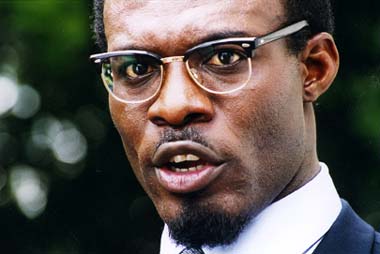



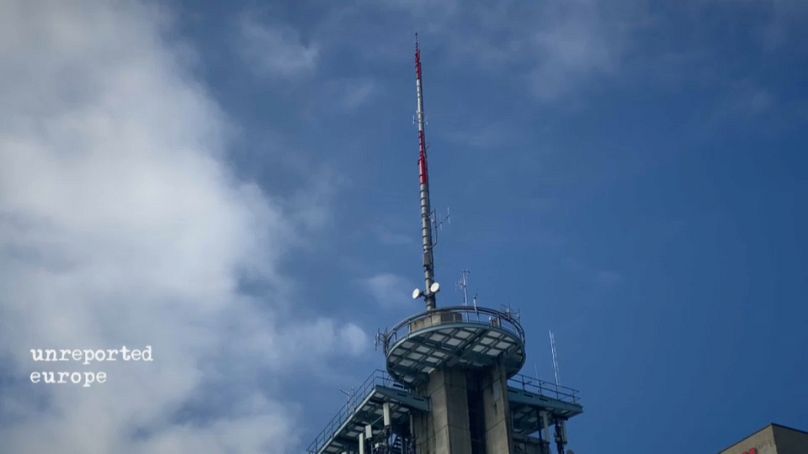
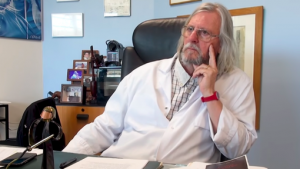







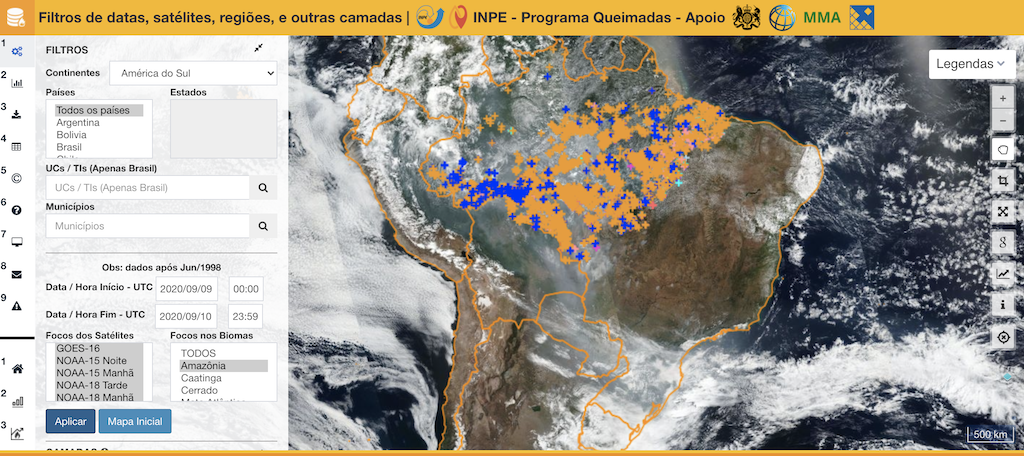
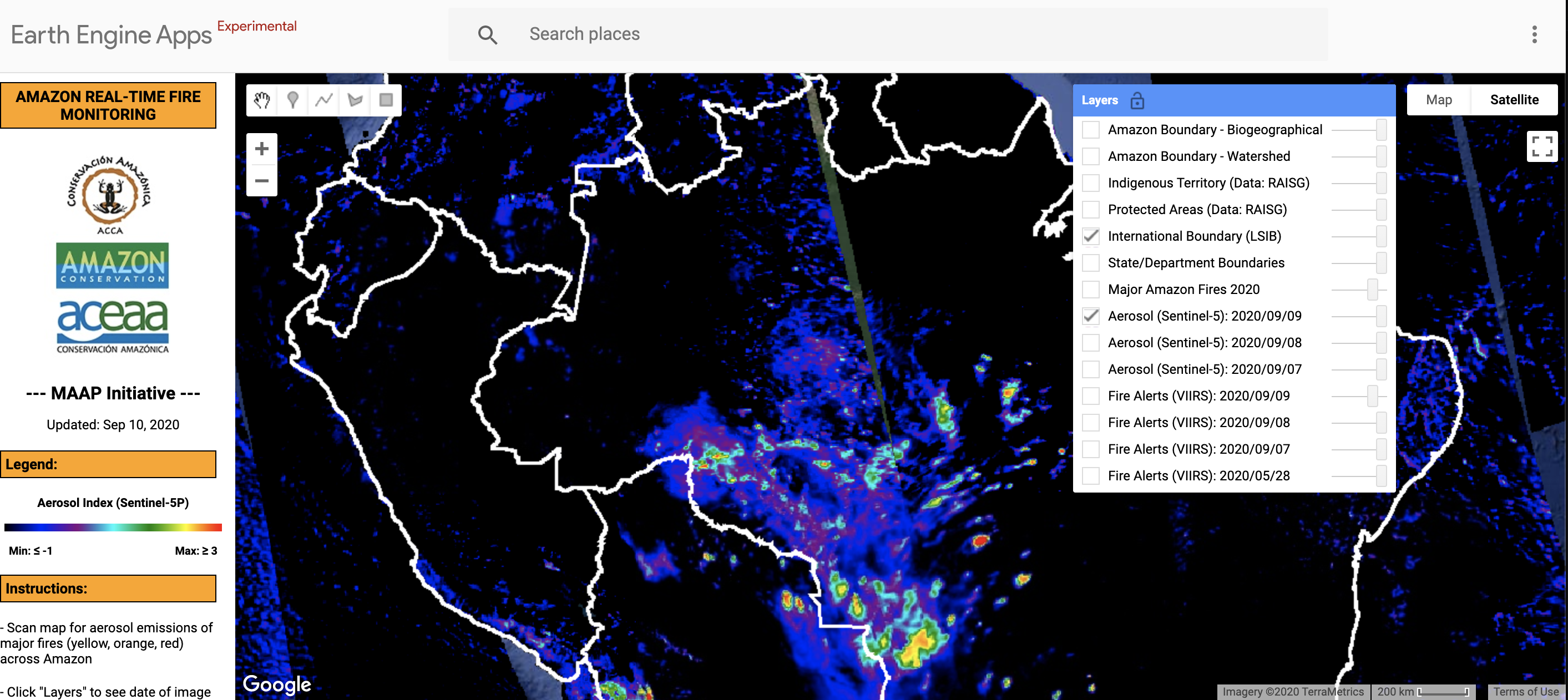

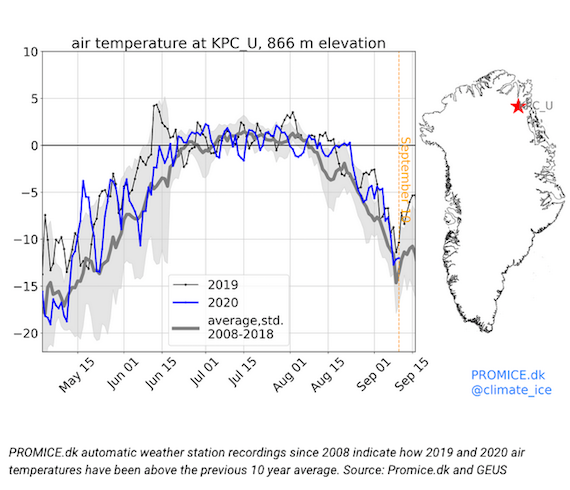


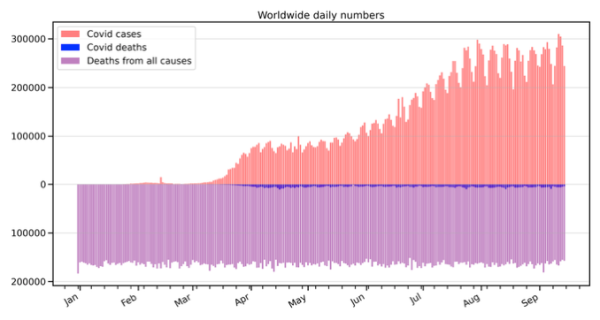




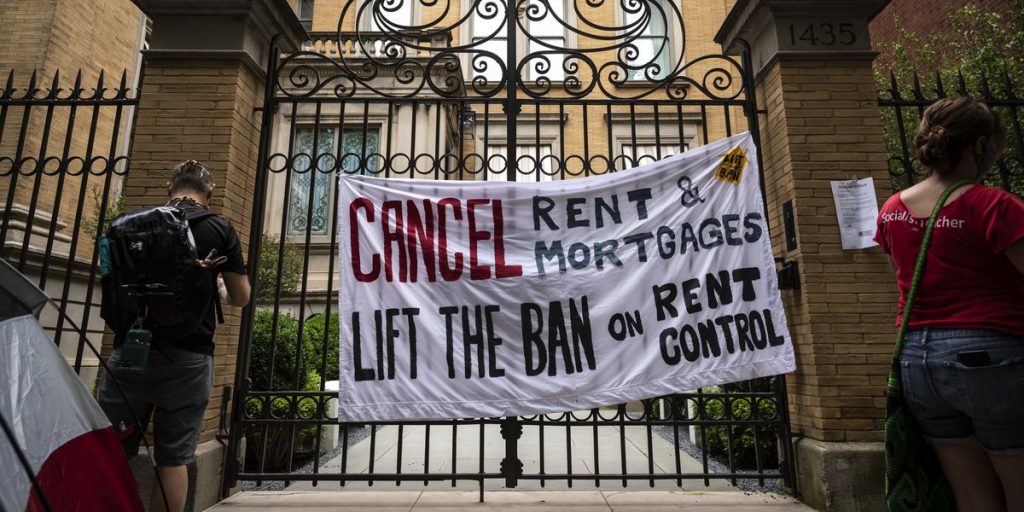













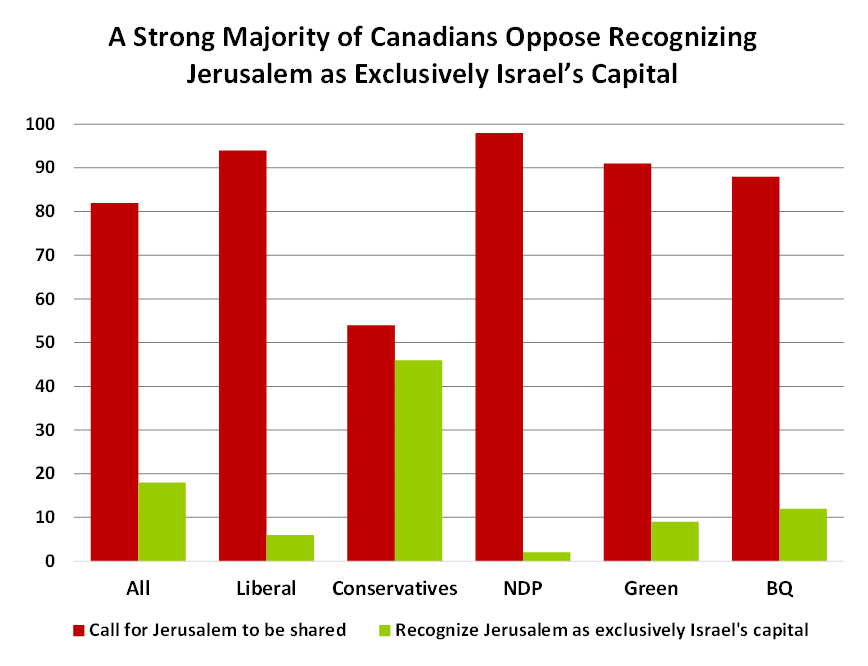
 Can you
Can you 





























